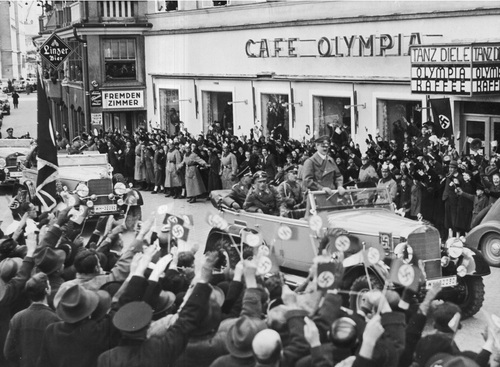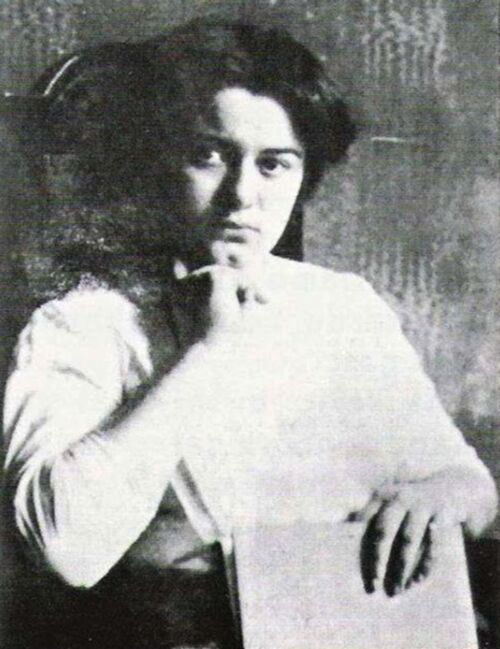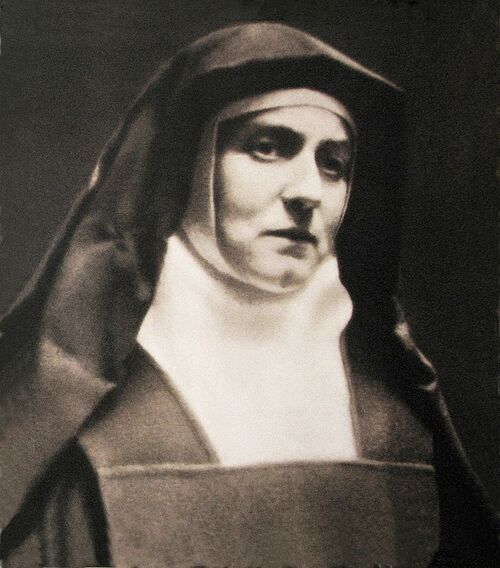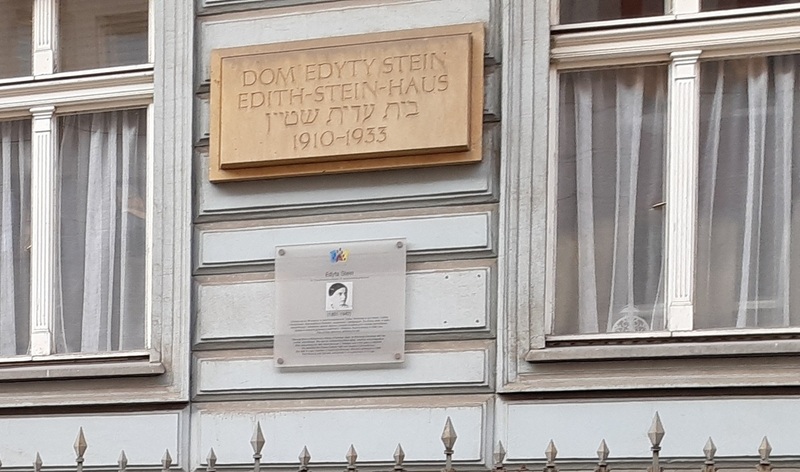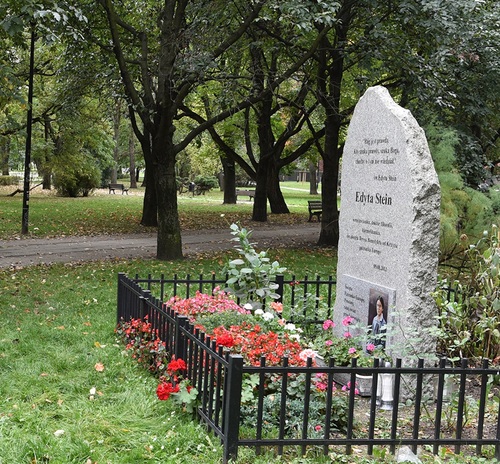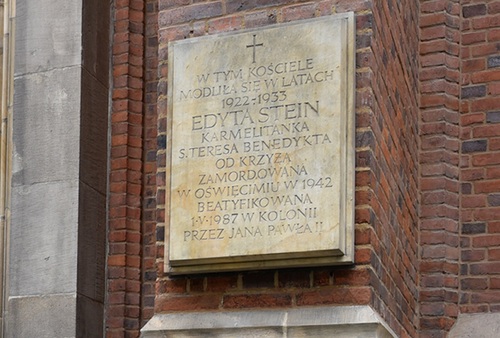In these last few weeks, I have been constantly wondering whether there was something I could do about the Jewish question. In the end I planned to go to Rome and ask the Holy Father [Pius XI] for an encyclical.
Wrote Edith Stein in her diary in April 1933, at a time when Germany was undergoing profound political and social change
A Jewish Catholic and the Ermächtigungsgesetz
She was born on 12 October 1891 in Wrocław. “I am a Prussian citizen and a Jew,” she once wrote. On 1 January 1922, in Bad Bergzabern, she was baptized into the Roman Catholic Church. By that time she was already a doctor of philosophy and a lecturer. Far from seeking publicity, she became well-known among philosophers and theologians for her translation of Cardinal John Henry Newman's letters and diaries, a treatise by St Thomas Aquinas, and for a speech she held at the general meeting of the Catholic Academic Association (Katholischer Akademikerverband) in Salzburg in 1930, where she was the only woman to speak.
It was with great concern that she observed the changes taking place in Germany, including the collapse of the Weimar Republic and the rise of the Third Reich. On 30 January 1933, Adolf Hitler became Chancellor, and in early March the National Socialist German Workers' Party (NSDAP) won over 40 per cent of the vote, securing 288 of the 647 seats in the Reichstag. This month turned out to be a watershed moment. By the end of March, the so-called Enabling Act (Ermächtigungsgesetz) was passed by a majority vote. The government was now able to issue decrees with the force of law. In Germany, democracy had abruptly come to an end and a dictatorship had begun.
The Berufsbeamtengesetz and papal blessing
This was also the time when the first concentration camp in Dachau came into operation. On 1 April 1933, the German Nazis organized a one-day boycott of all Jewish-owned businesses in the country, and a few days later they enacted the racist “Law for the Restoration of the Professional Civil Service” (Gesetz zur Wiederherstellung des Berufsbeamtentums).
The information I received from Rome made me realize that I would not have any chance of a private audience with the Holy Father... So I decided not to travel and expressed my request in writing. I know that my letter was handed to the Holy Father sealed; some time afterwards I also received his blessing for me and my relatives. Nothing else happened...
Wrote Edith Stein. Before her eyes, day after day, Germany was changing beyond recognition.
The Erbgesundheitsgesetz, the Reichskonkordat, and the road to Mount Carmel
In July 1933, the “Law for the Prevention of Genetically Diseased Offspring” (Gesetz zur Verhütung erbkranken Nachwuchses) was passed, according to which people burdened with hereditary diseases were to be forcibly sterilized. Jewish immigrants from Poland were also deprived of German citizenship, most Jewish organizations were dissolved and their property confiscated. At the same time, the German government signed a concordat in Rome. Edith Stein was not spared from repression. She was forbidden to teach. As a lecturer at the German Institute for Education Science (Deutsches Institut für wissenschaftliche Pädagogik) in Münster, she was kept “at disposal”.
In these circumstances, Edith Stein rediscovered her calling and on 15 October 1933 fulfilled the desire she had had since the day of her baptism. In Cologne-Lindenthal she joined the Discalced Carmelite Order. The following year she was given the habit. She took the name Teresa Benedicta of the Cross. Four years later she made her perpetual vows
This semester I cannot give lectures [...]. For the time being, I will still receive my salary, because there are hopes that my academic work would serve the Catholic cause. However, I do not believe I will return to teaching at the Institute, nor do I believe in the possibility of such work in Germany at all.
Wrote Edith Stein in a letter to a friend on 7 May 1933.
At no cost…
“But before that, a certain incident occurred. It was shortly before the vote on 10 April. Everyone knew that for a long time there had been no strict voter secrecy, that a 'no' vote could have bad consequences and that the result would probably be manipulated anyway. Then, among the sisters, a remark was made that how you voted was actually irrelevant. These words upset Edith Stein. Burning with an indignation unheard of in the convent, she explains that at no cost must even the smallest acceptance of a system opposed to Christ be allowed”, described Sister Maria Amata Neyer OCD.Shortly after Kristallnacht – a pogrom against Jews in Germany organized by the NSDAP – on 31 December 1938 Edith Stein left Cologne and moved to a monastery in the neutral Netherlands. Thanks to Edith's efforts, her sister Rosa Stein came to Echt the following year. But in 1940 the Germans arrived there too. The persecution of Jews began. The Dutch bishops protested against the deportations and terror. In response, Jewish Catholics were arrested.
On 3 August 1942, the Gestapo entered the monastery and demanded an interview with the Stein sisters. In the consulting room they announced that they were under arrest. Leaving the convent in Echt, Edith said to Rose: “Come, we are doing this for our people!”
She was killed at Birkenau (Auschwitz concentration camp), probably on 9 August 1942. John Paul II beatified her in Cologne on 1 May 1987 and canonized her in the Vatican on 11 October 1998
